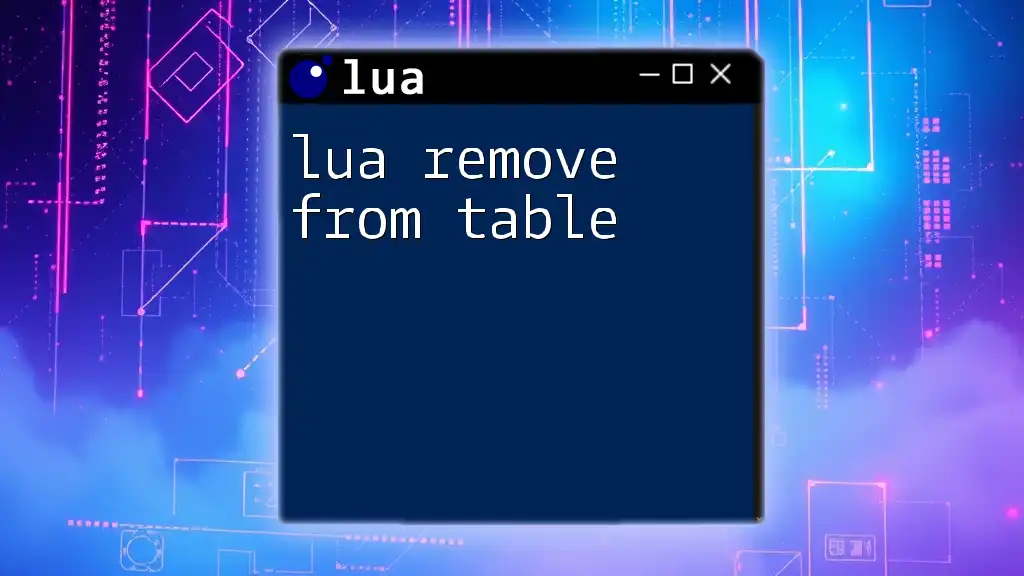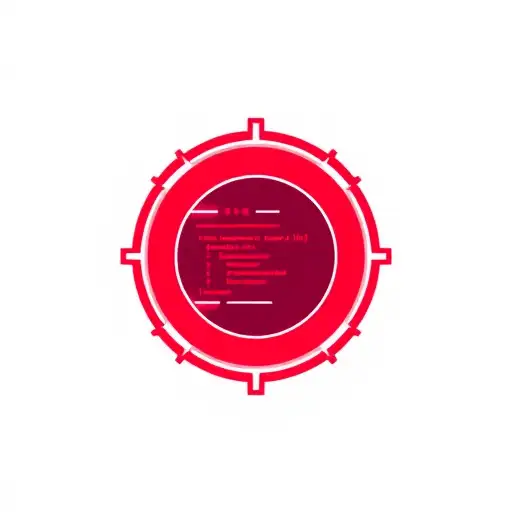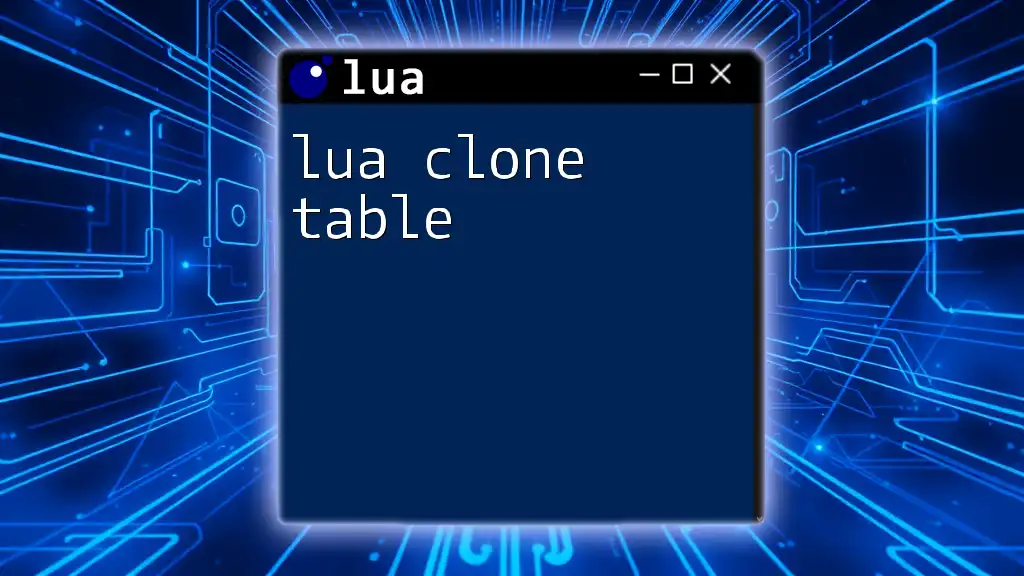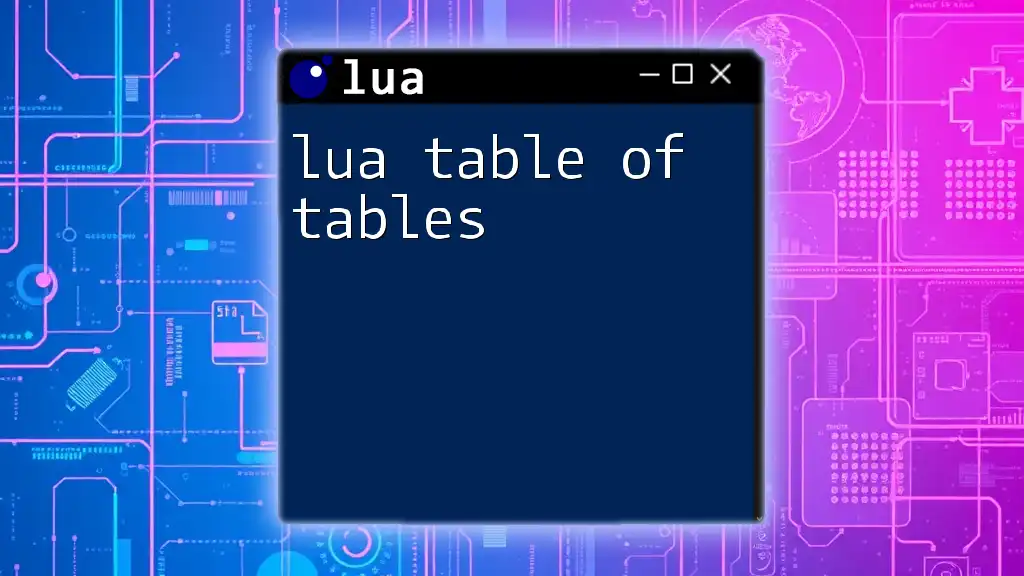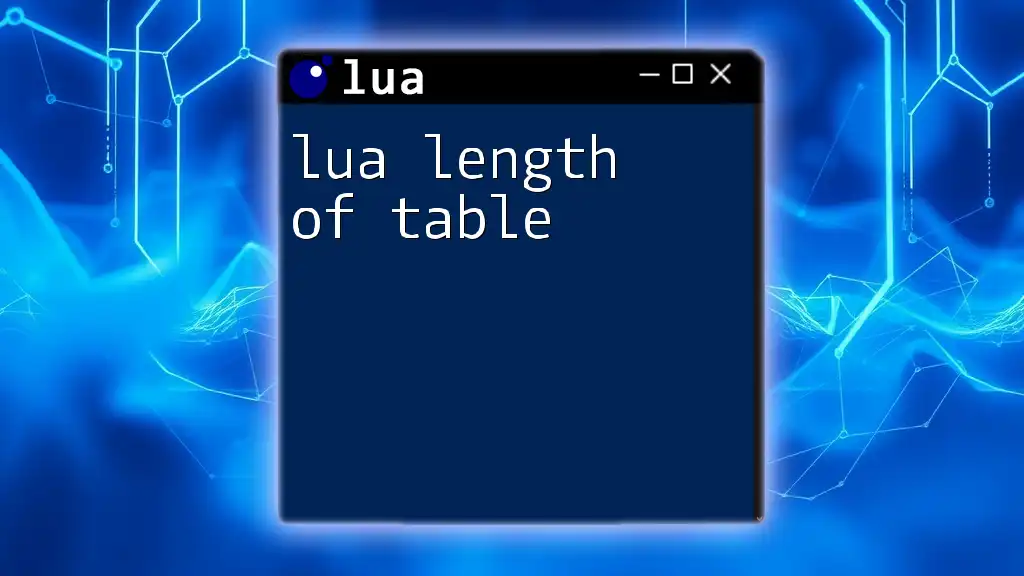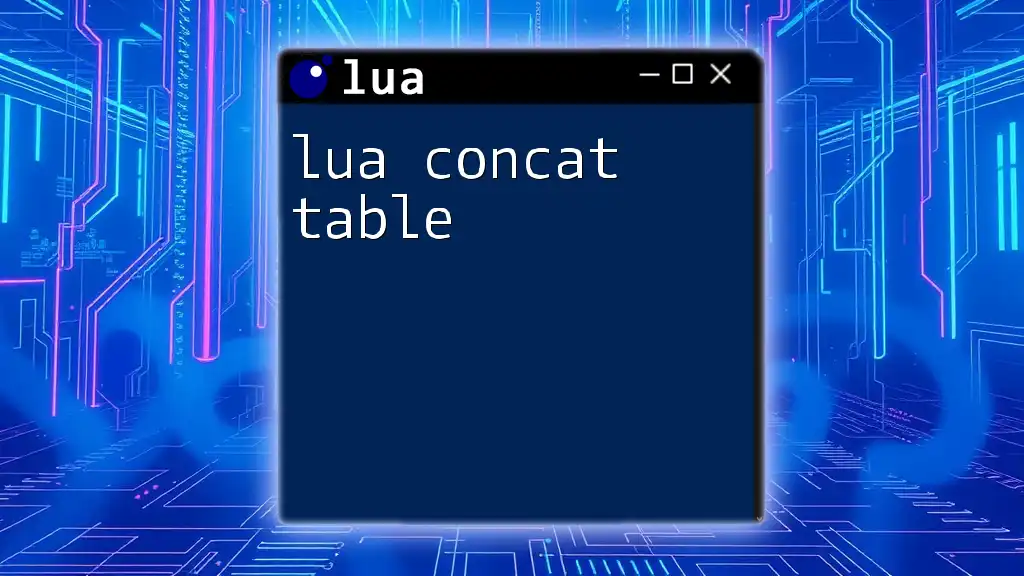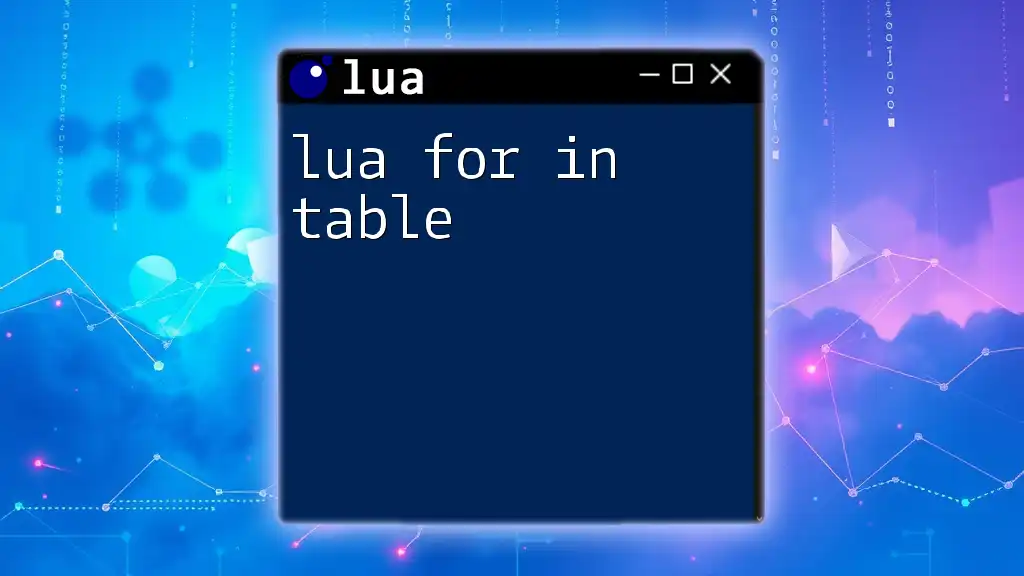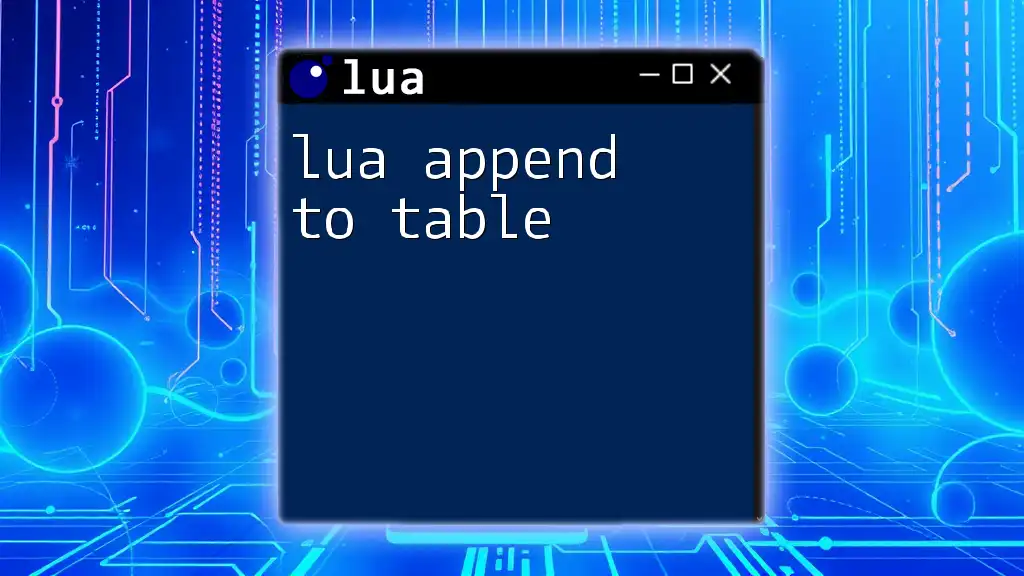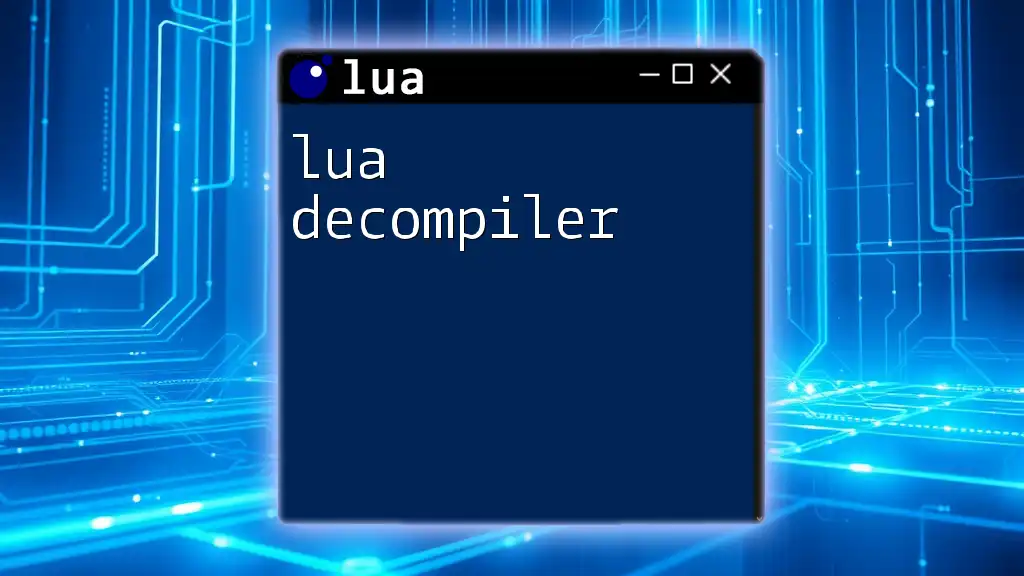To remove an element from a table in Lua, you can use the `table.remove` function along with the index of the element you wish to delete. Here's an example:
local myTable = {1, 2, 3, 4, 5}
table.remove(myTable, 3) -- This will remove the element at index 3 (the number 3)
Understanding Lua Tables
What is a Table in Lua?
In Lua, a table is a versatile data structure that is fundamental to the language. It acts like a dynamic array, allowing you to store a collection of elements—be they numbers, strings, or even other tables. Tables in Lua are the primary way to manage complex data like objects or lists.
One of the key features of tables is their flexibility. Unlike arrays in many other programming languages that require a fixed size, a Lua table can grow or shrink dynamically as you manipulate its content, making it an essential tool for developers.
Basic Operations on Tables
Tables can be created easily. Here's a simple example:
local myTable = {"apple", "banana", "cherry"}
Accessing elements in a table is straightforward:
print(myTable[1]) -- Outputs: apple
You can also modify elements:
myTable[2] = "orange"
Now, understanding how to manage the contents of these tables, including removing elements, is crucial for effective programming.
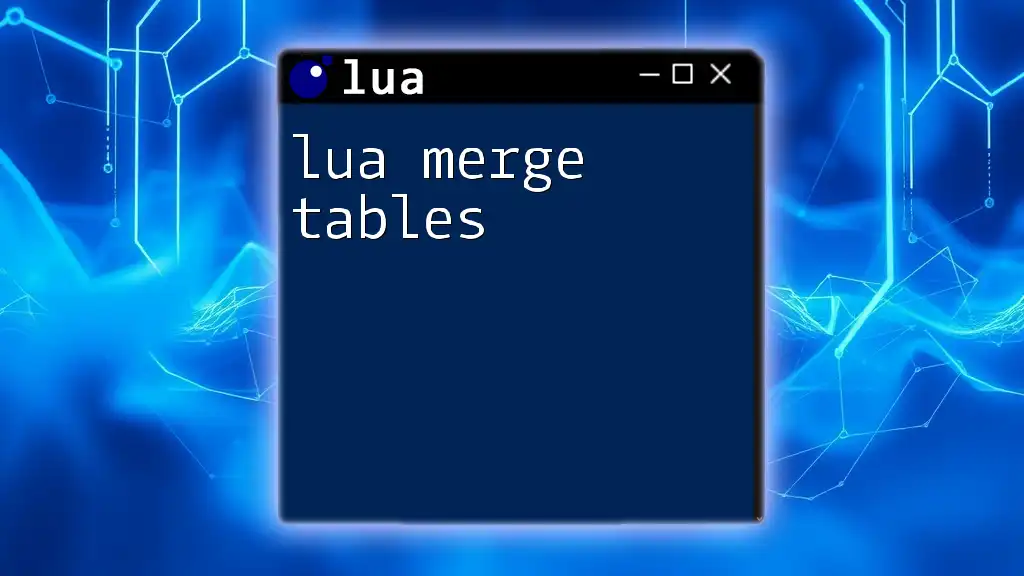
Removing Elements from Lua Tables
Why Remove Elements?
Removing elements from tables can be necessary for a variety of reasons. It could be to manage dynamic inventories in games, clean up data, or simply adjust lists according to specific criteria. Understanding how to manipulate tables effectively helps you maintain your application's performance and enhances overall usability.
Methods to Remove Elements
Using Table.remove Function
The built-in function `table.remove()` is often the simplest way to remove an element from a table. The syntax is:
table.remove(table, position)
Here, `position` is the index of the element you want to remove. Keep in mind that Lua indices start at 1, not 0.
Example: Basic Removal
Consider this code snippet that demonstrates how to remove an element by its index:
local fruits = {"apple", "banana", "cherry"}
table.remove(fruits, 2) -- Removes "banana"
After this operation, the `fruits` table will now contain `"apple"` and `"cherry"`. Note that `table.remove()` shifts the subsequent elements down, which means that if index 2 is removed, the new second element becomes the previous third element.
Removing Elements by Value
Directly removing an element by its value using `table.remove()` is not possible. This limitation necessitates the creation of a custom function capable of iterating through the table to find and remove the specified value.
Custom Function for Value Removal
To remove elements by their value, you can create a custom function. Here's a simple function example:
function removeByValue(tbl, value)
for i = #tbl, 1, -1 do
if tbl[i] == value then
table.remove(tbl, i)
end
end
end
In this code:
- The loop traverses the table backward (`for i = #tbl, 1, -1`), which is particularly useful because it prevents issues that arise from shifting indices when removing elements.
Example: Using Custom Function
You can use this function like so:
local colors = {"red", "green", "blue", "green"}
removeByValue(colors, "green") -- Removes all occurrences of "green"
After executing this function, the `colors` table will now contain `"red"` and `"blue"`.
Handling Edge Cases
Removing from an Empty Table
When attempting to remove an element from an empty table, Lua handles this gracefully. For example:
local emptyTable = {}
table.remove(emptyTable, 1) -- No errors, but no effect
The attempt results in no errors, but naturally, no elements are removed since the table is empty.
Index Out of Bounds
It's essential to handle attempts to remove elements at non-existent indices. Here’s how Lua responds:
local numbers = {1, 2, 3}
table.remove(numbers, 5) -- Safe, but has no effect
In this case, even though index 5 does not exist, Lua won't throw an error. However, no element is removed, which emphasizes the need to validate indices before attempting removal.
Performance Considerations
When working with larger datasets, consider the implications of removing elements. The `table.remove()` operation is efficient for smaller tables but can become slower as the table size increases, particularly when removing elements from the beginning of a list, as this requires shifting all the subsequent elements down by one position.
Creating a custom function for value removal can also lead to performance costs associated with the iteration over the entire table. Optimizing your table structure or keeping track of removed values might be worth considering for specific applications.
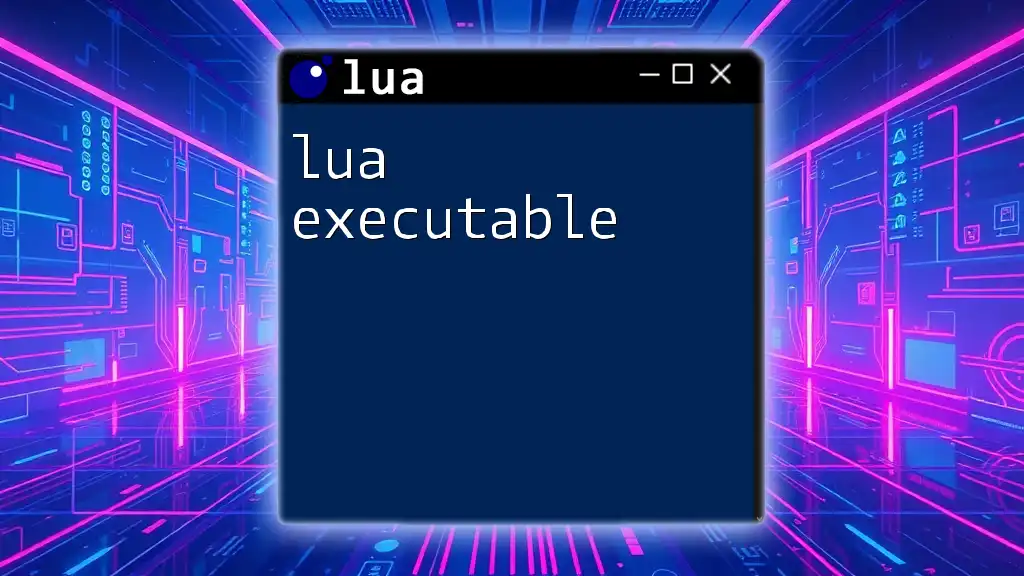
Conclusion
Understanding how to lua remove from table is fundamental for effective Lua programming. Whether using the built-in `table.remove()` function or writing a custom function to remove elements by value, the ability to manipulate tables dynamically is crucial. Experimenting with the examples provided in this article will enhance your programming skills in Lua.
For those looking for further reading, the official Lua documentation is an excellent place to explore more advanced table manipulations and optimizations.
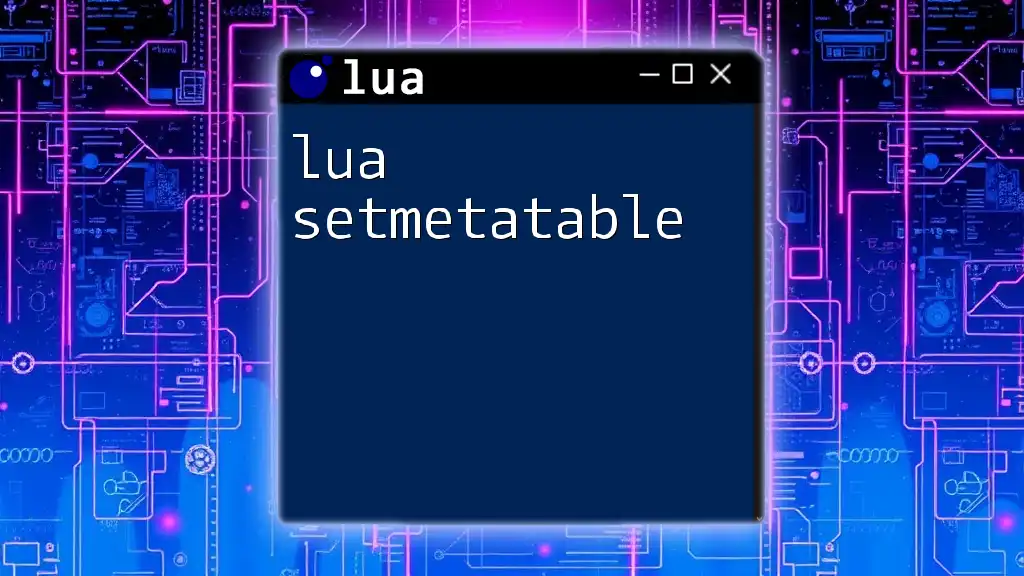
Additional Resources
To deepen your understanding of Lua tables and their functionalities, explore the following resources:
- [Official Lua Documentation](https://www.lua.org/manual/5.1/)
- [Learning about LUA Tables](https://www.lua.org/pil/2.5.html)
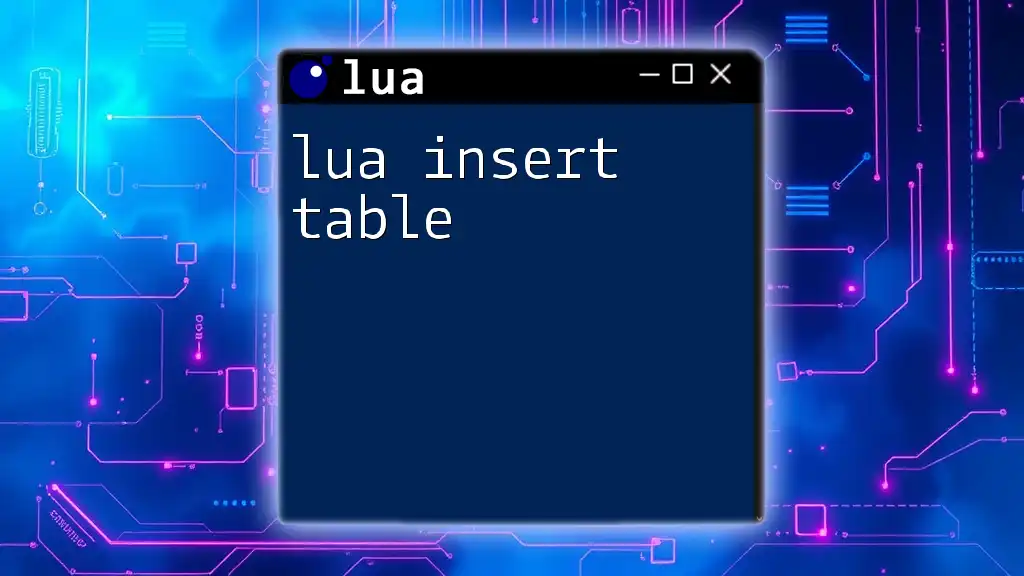
Call to Action
If you found this guide helpful, consider subscribing for more Lua tutorials and tips! Challenge yourself: try creating a program that leverages these table removal techniques to see how effectively you can manage your data. Share your results or any intriguing methods you've discovered along the way!

